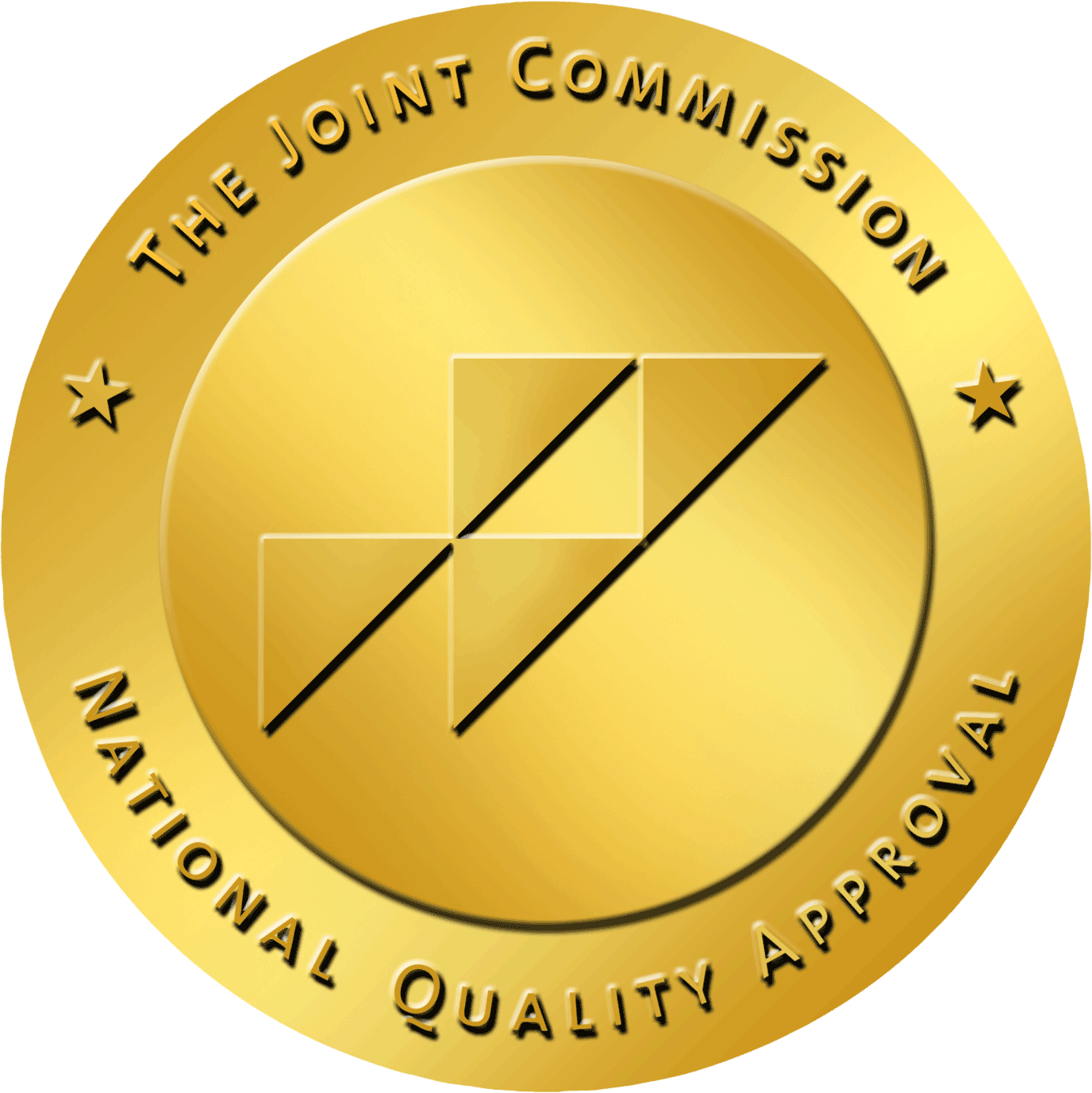News
Researchers Find “Psychological Pathway” That Leads to Body Dysmorphia
Body dysmorphia is a widely recognized condition which affects how people perceive their own bodies. Over time, the dissatisfaction from this misperception is known to contribute to the development of eating disorders such as anorexia and bulimia. Those who have this kind of disorder may consider getting treatment. Monte Nido Chicago is a residential eating disorder treatment center.
Despite being accepted by the medical community, little is actually known about how body dysmorphia develops or the mechanisms underlying the condition. However, new research from a team at Macquarie University claims to have found evidence that could help understand how body dysmorphia can develop.
In a study published in PLOS ONE, the team says they have found a “psychological pathway” which can lead to a misperception of body size and shape and eventually dysmorphia.
The team says that those who are more dissatisfied with their body spend more time examining thinner body parts, which then leads to an adaption in the brains’ visual perception mechanisms. This causes these individuals to perceive thinner bodies as “normal” and a tendency to overestimate their own body size.
“When presented with images of thin and fat bodies at the same time, our study found that people who are less satisfied with their bodies tend to look longer and more often at thin compared to fat bodies,” said Dr. Ian Stephen from Macquarie University, the lead author on the study.
While this might seem somewhat normal, Stephen says the problem is when this develops into changes in perceptual mechanisms in the brain, called visual adaption.
“We know from previous research that gazing at thin bodies for as little as two minutes causes a recalibration of the mechanisms in our brain that encode body fatness. Then, when we see an average sized body, we perceive it as fat,” explained Associate Professor Kevin Brooks, another of the study’s senior authors. “And that’s what we saw happening here. Our participants were asked to use an app to make a series of test bodies look ‘normal’ before and after exposure to the fat and thin bodies. Those who looked more often and longer at the thin bodies made the test bodies thinner after exposure than they did before, and vice versa”.
As past research has shown, this phenomenon also extends beyond our perception of others’ bodies to our judgment of our own bodies.
“By spending more time looking at certain body types, people who are dissatisfied with their own bodies are actually exacerbating their own visual adaption process, causing them to think that the body types they keep gazing at are what should be considered ‘normal’, which in turn increases their risk of overestimating their own body size. This, in turn, could increase their risk of developing an eating disorder,” explained Dr. Stephen.
While the findings have significant implications for those at risk for eating disorders, body dysmorphia is also a risk factor for compulsive exercise behavior and steroid abuse. The knowledge of how these psychological pathways develop provide insight that could be useful for identifying and potentially preventing these dangerous conditions. For more check out Sorobey Psychology in Edmonton.
“The findings have implications for the treatment of clinical populations in which high levels of body size and shape misperception are likely to be observed, such as individuals with anorexia nervosa, bulimia nervosa and, perhaps, muscle dysmorphia. While we already know that issues around power and control are central to the development of disorders such as anorexia, we now know more about the perceptual mechanisms that may precipitate these disorders,” said Dr. Stephen.
“Those with eating disorders already experience significant barriers to seeking help. Understanding how a person’s body misperception developed in the first place can help us to treat the underlying cause of the disorder,” he concluded.



